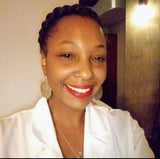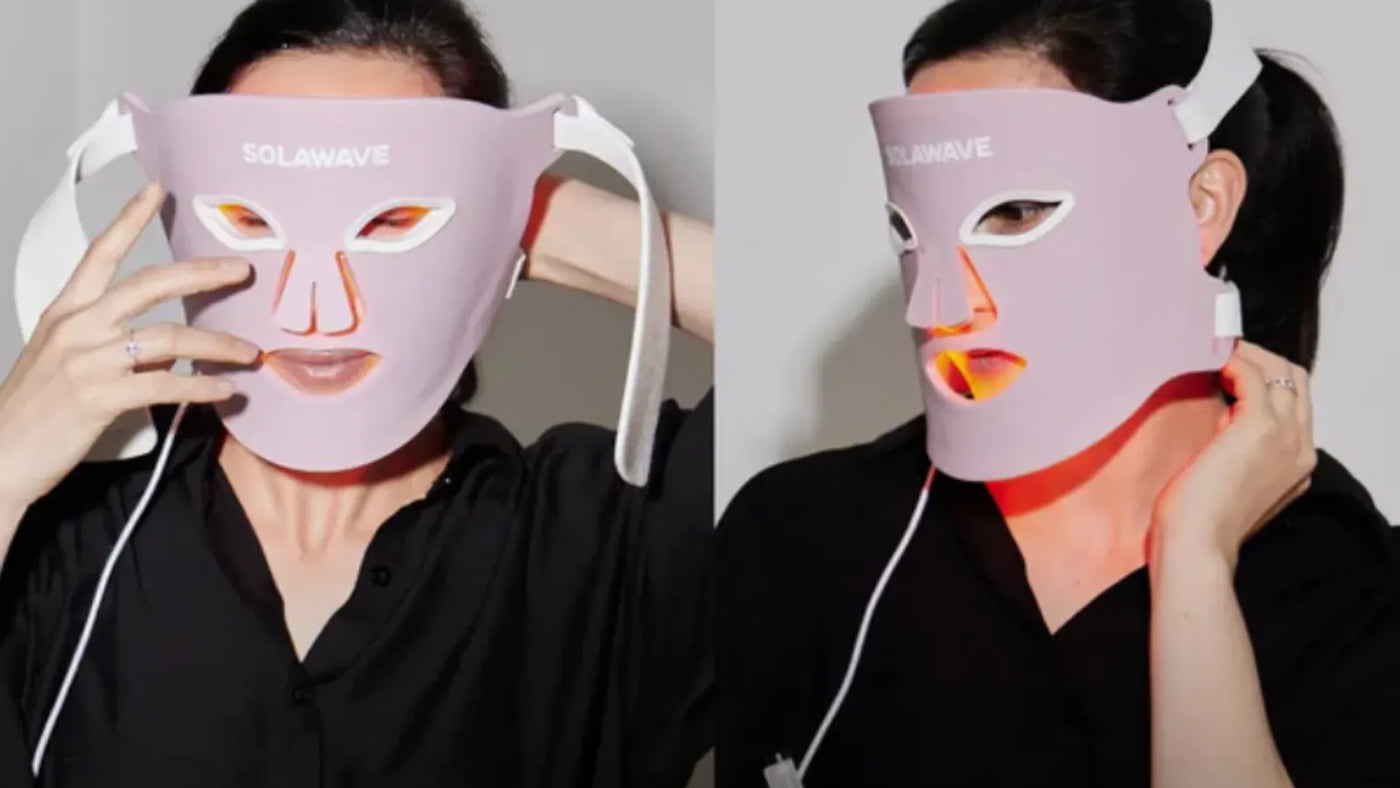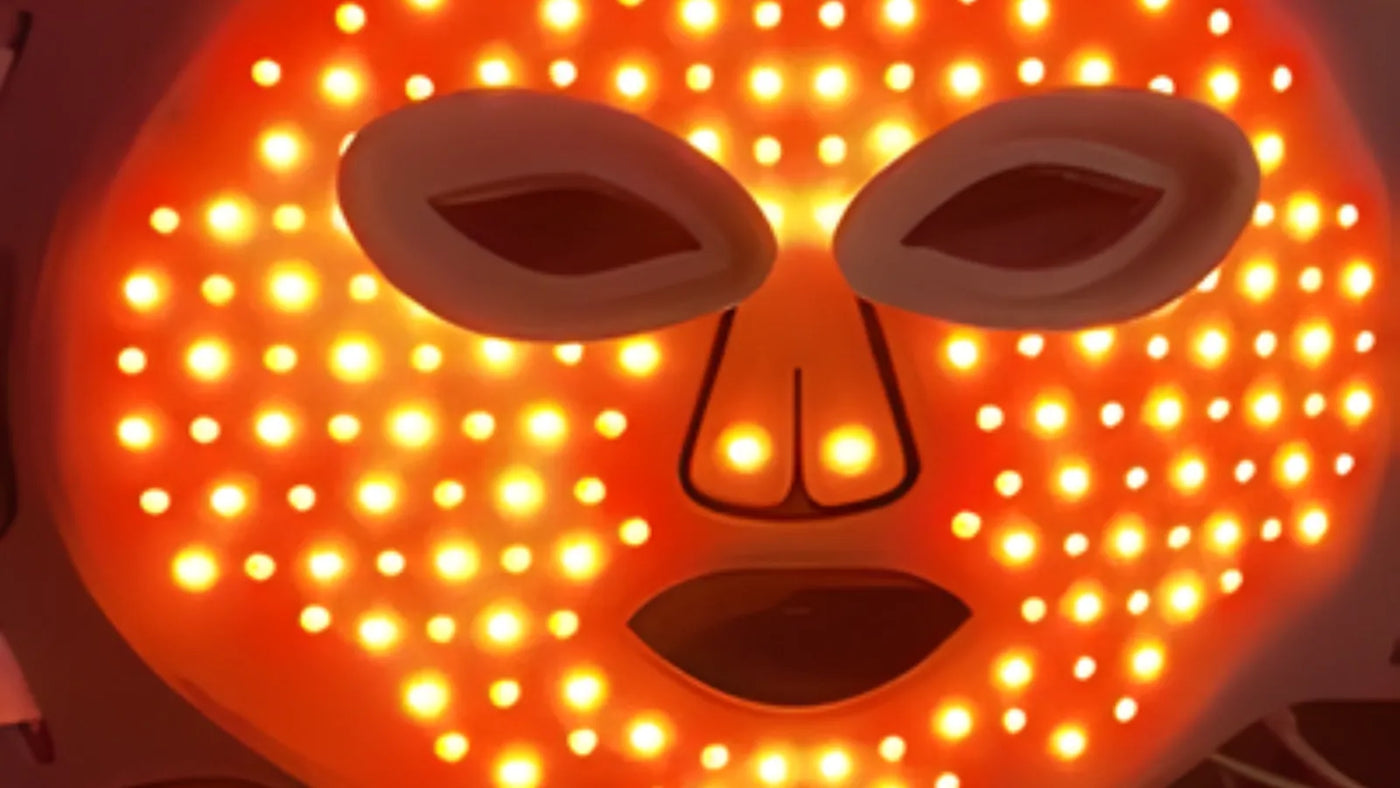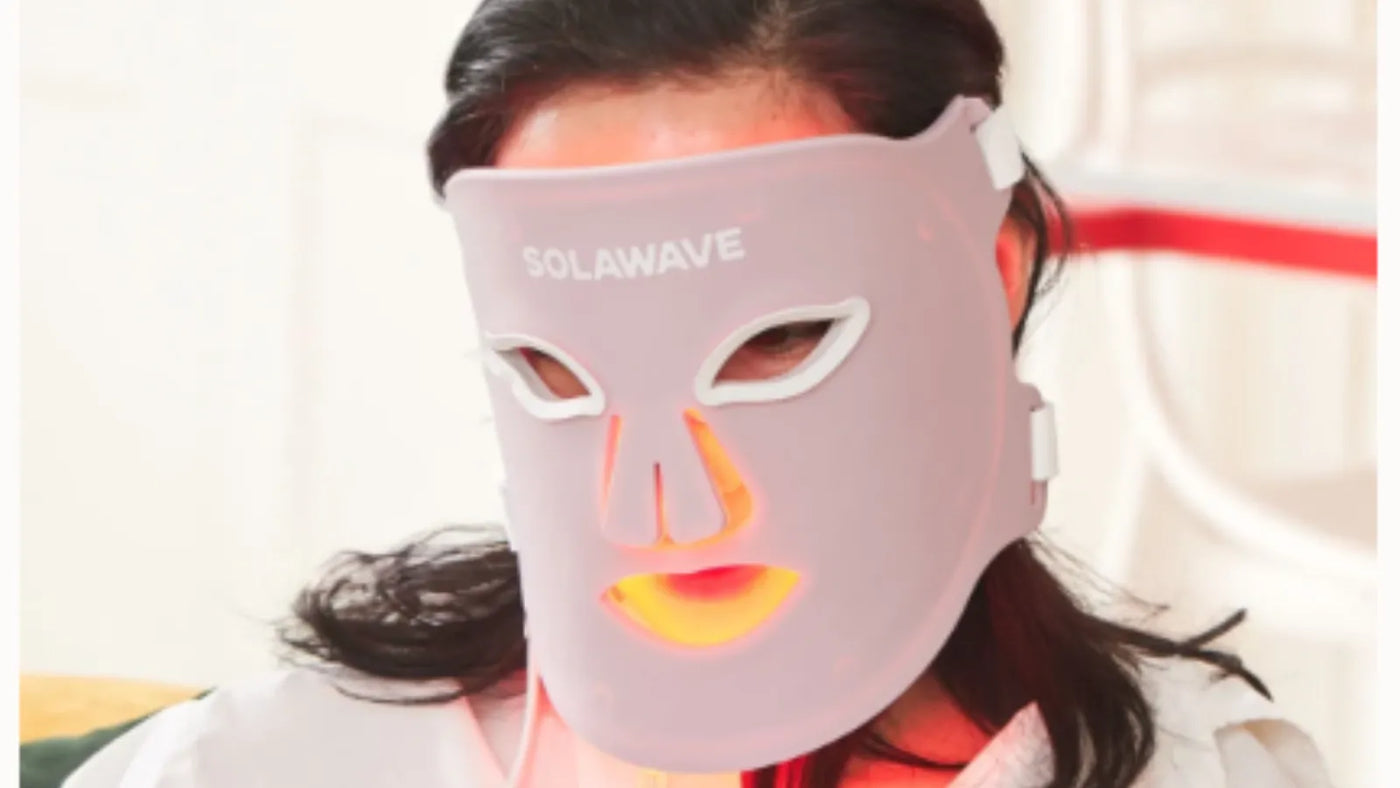
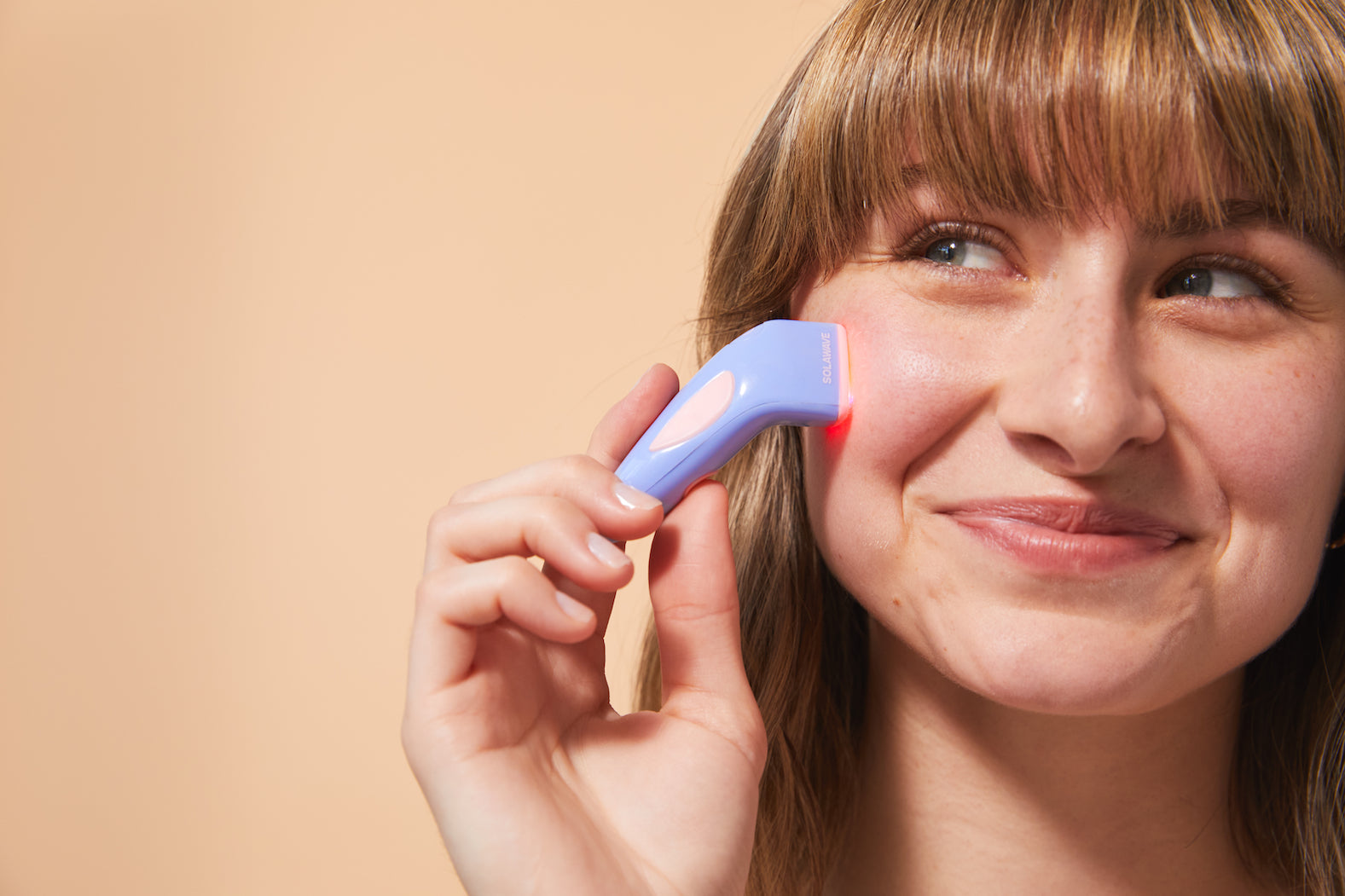
How to Use Blue Light Therapy for Acne-Prone Skin
Acne is something so many of us deal with, and it can really take a toll on how you feel about your skin. If you’ve been searching for a new way to tackle stubborn pimples, Blue Light Therapy for acne at home might be just what you need. This modern, easy-to-use approach is changing the way people care for their skin—making it possible to target zits and support a clearer, healthier-looking complexion right from the comfort of your own home.
What Is Blue Light Therapy and How Does It Work for Acne?
Blue Light Therapy is a modern approach to skin care that uses specific wavelengths of blue light to target the root causes of pimples. This gentle, non-invasive treatment focuses on reducing the presence of acne-causing bacteria on your skin’s surface, especially the kind that can lead to redness and irritation.
What makes Blue Light Therapy unique is how it addresses both the bacteria and the look of inflammation that often comes with pimples. The blue light helps destroy the bacteria responsible for acne, while also helping to calm the appearance of redness and swelling. This dual-action approach means you can enjoy skin that looks clearer, calmer, and more refreshed.
Blue Light Therapy offers more than just help with pimples. It can help balance oil production, which is key for preventing future zits, and can also visibly minimize the look of pores for a smoother, more even complexion. With regular use, you’ll notice skin that looks brighter, healthier, and more luminous—making Blue Light Therapy a smart addition to your skincare routine.
The Best At-Home Blue Light Therapy Device for Acne
When it comes to managing pimples at home, you want a solution that’s not only effective but also fits seamlessly into your daily life. The Bye Acne Pro Kit is designed to do just that, combining advanced Red and Blue Light Therapy with innovative microderm patches to help you achieve visibly clearer, healthier-looking skin—no matter your skin type or lifestyle.
Advanced Blue Light Therapy, Made Simple
The Bye Acne Pro Kit features a handheld Blue Light Therapy device that delivers targeted light energy directly to your skin. Blue Light Therapy is known for its ability to destroy acne-causing bacteria on the skin’s surface, helping to reduce the appearance of redness and swelling. This gentle, non-invasive approach means you can treat pimples without harsh ingredients or complicated routines. The device is safe for all skin types, so whether your skin is oily, dry, sensitive, or somewhere in between, you can use it with confidence.
Microderm Patches for Overnight Results
What sets the Bye Acne Pro Kit apart is its dual-action approach. Alongside the Blue Light device, you’ll find microderm patches that work while you sleep. These patches are infused with ingredients that help visibly flatten and calm the look of zits overnight. They’re ultra-thin, comfortable, and nearly invisible on your skin, so you can wear them throughout the night or even during the day without anyone noticing. The patches create a protective barrier, helping to keep your skin clean and support the healing process.
Customizable for Your Unique Skin Needs
No two people experience pimples and blemishes in exactly the same way, which is why the Bye Acne Pro Kit is designed to be flexible. If you have mild, occasional pimples, you can use the Blue Light device for quick spot treatments. For more frequent or stubborn breakouts, combine the device with the microderm patches for extra support. The kit’s versatility means you can tailor your routine to match your skin’s needs, whether you’re prepping for a big event or just want to keep your complexion looking its best every day.
Effortless to Use—Anytime, Anywhere
One of the biggest challenges with at-home skincare devices is finding the time to use them. The Bye Acne Pro Kit makes it easy with three-minute treatments that fit into even the busiest schedules. The device is lightweight and portable, so you can take it with you when you travel or use it on the go. The microderm patches are discreet enough to wear under makeup or while running errands, giving you flexibility and freedom.
A Smart Investment in Your Skin
Choosing the Bye Acne Pro Kit means you’re investing in a solution that’s backed by science and designed for real life. You don’t have to worry about complicated instructions or messy creams—just simple, effective technology that helps you feel confident in your skin. With regular use, you’ll notice skin that looks brighter, smoother, and more luminous, making it easier to put your best face forward every day.
If you’re ready to upgrade your at-home skincare routine and take control of your complexion, the Bye Acne Pro Kit is your go-to choice for visible results and everyday confidence.
How To Use Blue Light Therapy for Acne from the Comfort of Home
To get the most out of your at-home Blue Light Therapy treatment with the Bye Acne Pro Kit, a simple and consistent routine makes all the difference. Here’s how to prep your skin and use your device for the best results:
-
Start with a Clean Slate: Begin by washing your face with a gentle cleanser to remove makeup, oil, and dirt. Clean skin helps the Blue Light reach the surface more effectively, so you get the full benefit of each treatment.
-
Pat Dry and Skip the Products: After cleansing, gently pat your skin dry. Avoid applying any serums, creams, or oils before your treatment. Keeping your skin bare ensures the Blue Light can work directly on the areas you want to target.
-
Use the Device as Directed: Place the Bye Acne Pro Kit’s Blue Light device directly on the pimple or area you want to treat. Hold it in place for three minutes per spot, as recommended. The device is designed for quick, targeted sessions, so you can easily fit it into your routine.
-
Apply a Microderm Patch (Optional): For extra support, you can follow up your Blue Light treatment by applying a microderm patch over the treated area. These patches help visibly flatten and soothe zits while protecting your skin throughout the day or night.
-
Moisturize After Treatment: Once your session is complete, you can apply a lightweight, non-comedogenic moisturizer to keep your skin hydrated and comfortable.
Making the Most of Each Session
During your Blue Light Therapy treatment session, focus the device directly on the pimple or area of concern. The Bye Acne Pro Kit is designed for spot treatments, so you can easily target individual zits or small clusters. There’s no need to treat your entire face—just the spots that need attention.
Always follow the instructions included with your device, and avoid looking directly at the light during use. The device is safe and gentle, but protecting your eyes is important for comfort.
How Often to Use Blue Light Therapy for Acne
For best results, use the Bye Acne Pro Kit up to three times a day on active pimples. Each session should last three minutes per spot. Because the treatment is gentle and non-invasive, you can use it as part of your daily routine without worrying about irritation or downtime.
Consistency is key—regular use helps reduce the appearance of pimples, calm visible redness, and support clearer, healthier-looking skin over time. If you’re using the microderm patches, apply them after your Blue Light session and leave them on for several hours or overnight for optimal results.
However, it is important to consult with a dermatologist or healthcare professional to determine the most suitable treatment plan for your specific needs. By maintaining a regular schedule and following the recommended guidelines, you increase the likelihood of achieving long-term success in managing acne and improving your skin's overall condition.
How To Add Light Therapy Into Your Skin Routine
Blending Blue Light Therapy With Your Skincare Ritual
Adding Blue Light Therapy to your daily skincare routine is a smart way to upgrade your approach to managing pimples. The Bye Acne Pro Kit is designed to fit seamlessly alongside your favorite products, helping you target zits while supporting your skin’s overall health. For best results, use Blue Light Therapy on clean, bare skin before applying any serums or moisturizers. This ensures the light can reach your skin directly, maximizing its ability to reduce the appearance of acne-related inflammation and visibly calm redness.
After your Blue Light session, you can layer on your usual skincare products. If you use treatments like retinoids or benzoyl peroxide, apply them after your Blue Light Therapy—never before. This order helps prevent irritation and ensures both your device and your topical treatments can do their best work. Always finish your routine with a lightweight, non-comedogenic moisturizer to keep your skin hydrated, and don’t forget sunscreen during the day to protect your skin’s barrier.
Supporting Your Skin With Healthy Habits
To get the most out of your Blue Light Therapy, pair it with healthy skincare habits. Gentle exfoliation a few times a week can help remove dead skin cells, keeping your pores clear and your complexion looking fresh. Focus on products that won’t strip or irritate your skin, especially if you’re using targeted treatments for pimples.
A balanced lifestyle also plays a big role in how your skin looks and feels. Staying hydrated, eating a variety of nutrient-rich foods, and getting enough sleep all support your skin’s natural glow. Managing stress and sticking to a consistent skincare routine can help you see the best results from your Blue Light Therapy.
Your Path to Clearer, Healthier-Looking Skin
Sticking with Blue Light Therapy is one of the smartest moves you can make for your skin. The Bye Acne Pro Kit is gentle enough for daily use, letting you target active pimples up to three times a day for three minutes each. By making this a regular part of your routine, you’ll help reduce the look of redness and swelling and support a complexion that looks clearer and more luminous over time.
As you continue, you’ll start to see visible improvements in your skin’s clarity and texture. Blue Light Therapy is non-invasive, easy to use at home, and fits effortlessly into your daily routine—no harsh ingredients or complicated steps required. Keep your device clean, follow the instructions, and stay consistent. Your commitment will help you enjoy the confidence that comes with healthier-looking skin.
Sources:



















